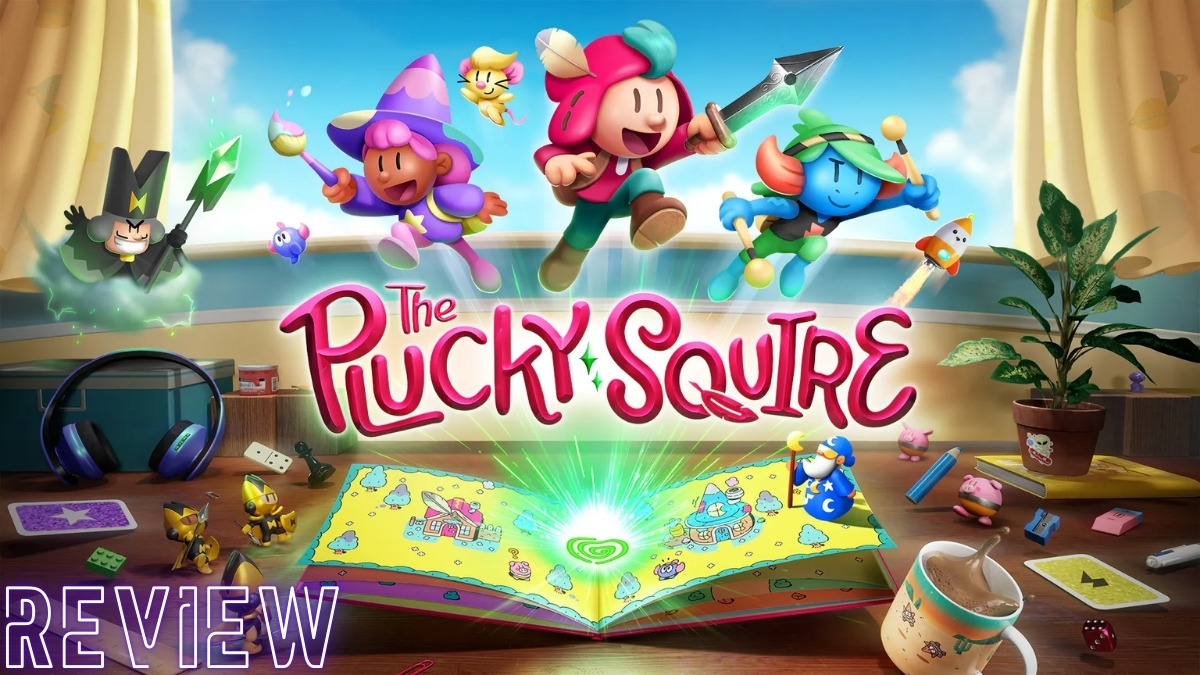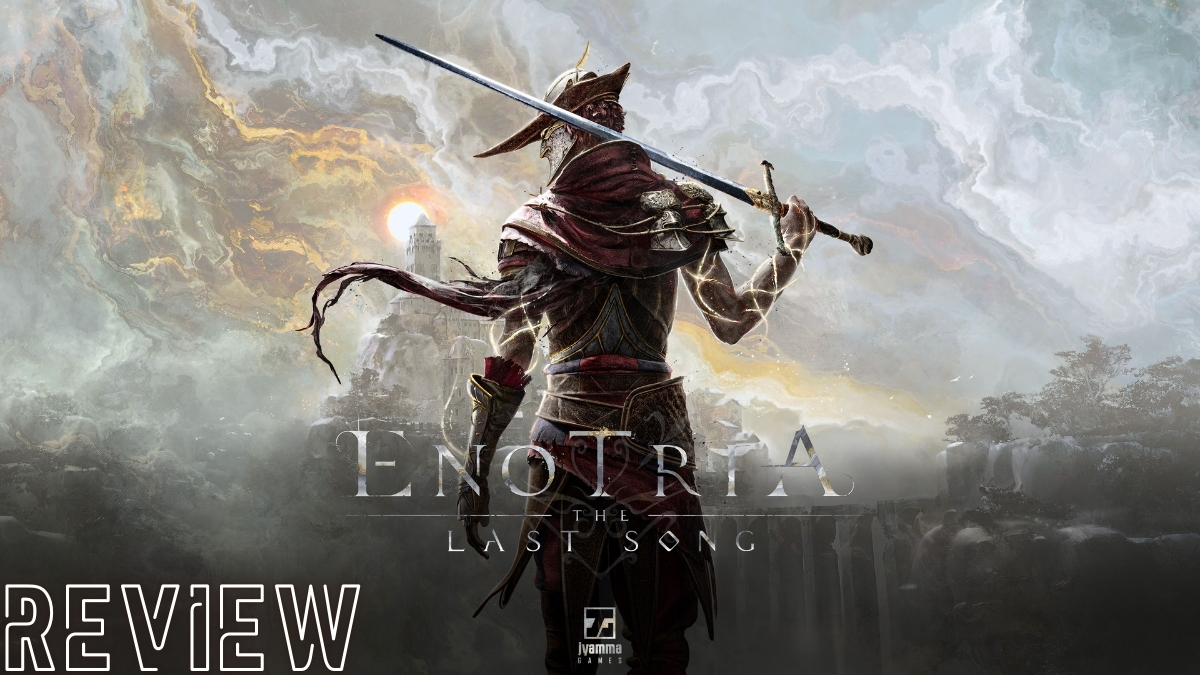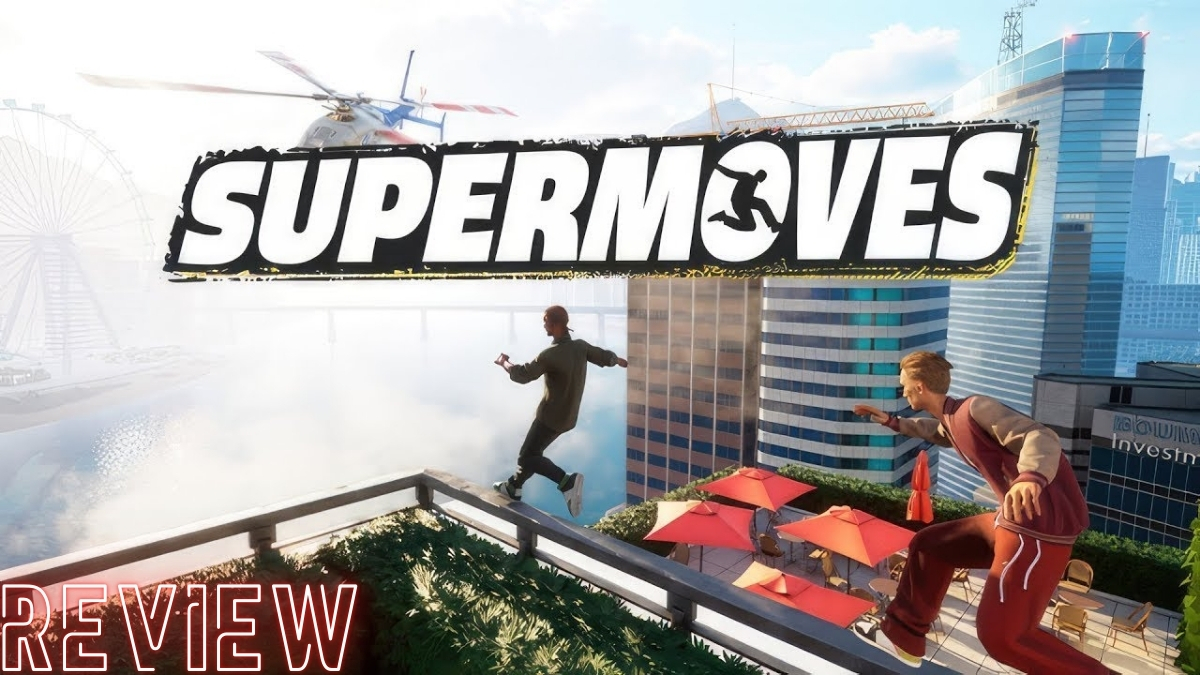Pocket City is an excellent mobile city builder and management game that focuses on content and a one-time fee instead of microtransactions.
City building as a genre has been around for as long as any game genre in existence. In recent years the mobile gaming market has been flooded with variations of building simulators ranging from farms to tropical islands to classic cityscapes. The trait that many of these games share is that they rely heavily on microtransactions to purchase in-game currency to progress and succeed past a certain point. With Pocket City, the small Canadian developer Codebrew Games set out to buck this trend and prove that you can create a thriving city builder without microtransactions. And boy, did they succeed.
Pay Once, Play Forever
Pocket City is not a free game. Unlike most of its competition, you’ll have to fork over USD 4.99 to own it on your iOS or Android device. The good news is that once you’ve purchased it, you’re free to play it for as long as you like and you’ll never be asked to buy anything else. What a quaint idea. Most other mobile city builders rely on lengthy quests to keep players engaged. The impatient among us often throw wads of cash at those games to alleviate the often incredibly time-consuming requirements of these quests, and that’s how those games make money. Pocket City aims to keep you engaged by offering loads of in-game quests and activities that should keep things from getting stale.
Following the classic model of the city building genre, you begin in Pocket City with a modest budget and start by following basic quests that teach you how to build the basics of your city. Power and water are the primary resources required for your city to grow and they are distributed by roadways. These roads connect the standard three zones; residential, commercial, and industrial. As you progress, other city improvements become unlocked, ranging from police, fire, and medical services to educational institutions and leisure activities for your citizens to enjoy.
Everything in Pocket City is purchased with the in-game dollars that you earn through taxes and export of goods. There are no magical beans, lucky stars, or special currency that will speed things up. In fact, throughout the many hours I’ve sunk into the game, I never once ran low on cash. Perhaps that needs some rebalancing for those looking for a stiffer challenge, but I tend to play mobile games to relax, not to be challenged. As your city grows, you’ll expand the area you can build on, unlock wider roads, upgraded zones to allow larger buildings, to hold more residents, who pay more taxes, require more services, and complain more. It’s pretty standard fare when it comes to city building, but so far I haven’t yet gotten frustrated with any of the mechanics, something that usually happens sooner or later.
Am I a Good Mayor?
Pocket City is almost too easy. The typical problems you may encounter range from criminals taking over your city, to entire city blocks burning down, to one of the many disasters that can occur. It’s all quite tame, however. I never really had a problem with crime, even though some areas were inexplicably more rampant with criminal activity than others. There are visual overlays offering assistance pinpointing those hotspots, as well as showing power and water distribution, and traffic congestion. Strangely, a fire coverage overlay is missing, and that’s a real shame because it can become troublesome figuring out what areas are well covered and what city blocks are likely to burn down at any moment.
Traffic is the bane of my existence in Pocket City, at least judging by the stats the game provides. According to the stats, I am doing an excellent job of connecting various zones to each other, but the congestion is a nightmare resembling that of my native Vancouver. Aside from that, I don’t notice it. Sure, occasionally an entire block burns down because the fire department can’t get there fast enough, but once I unlocked the fire station upgrades that provide helicopter coverage, even that wasn’t a big deal anymore. There are options to improve traffic issues, such as a bus system and a monorail system, as well as larger highways. The problem is that only regular roads will distribute water and electricity to neighborhoods, so aside from the occasional monorail, I just stuck to regular roads and plopped bus stops everywhere at random. This seems to be fine.
I really shouldn’t complain about the fact that people seem to be happy, I’m drowning in money, and everything looks so adorably cute.
Speaking of Cute
The graphics in Pocket City are adorable. Every little detail is rendered in a quaint pastel-like color palette and animated lovingly. Pedestrians, vehicles, and buildings are inspired and can be zoomed in on to discover all the hustle and bustle of your small metropolis. I’ve had fun watching people get mugged by my local gangs, and watched fire trucks put out that fire caused by the block party I threw. Yeah, you can throw little events to cheer up your citizens. Everything from fireworks to block parties and more can be triggered at will, provided you’ve unlocked them.
With every level you increase, you’ll unlock new buildings and quests, which in return reward you with cash and experience points, both of which come at a steady and frequent pace. The quests are handed out by a variety of advisors and characters that are wonderfully drawn and only occasionally got annoying. Like the guy who sells you his land. I get it; you’re thankful that I’ve made you a multi-millionaire by now, but I’ve got cash burning a hole in my pocket, and you’re the easiest way for me to spend it.
Pocket City also offers a portrait mode by default, something that more mobile games should do. It lowers the barrier to entry of playing the game, even if you only have a few minutes to do so. Overall, there’s nothing not to like about the visual presentation of Pocket City, which is on point and stands out from the masses of similar games available on the various App Stores.
Too Much, Too Fast?
If I have one concern with Pocket City, it may be that things are progressing too fast. I’ve nearly filled up the entirety of the map and unlocked almost all of the buildings and features available. Don’t misunderstand; there is a lot to unlock. It just happens quite quickly. I’ve just wrapped my head around the concept of importing and exporting goods, which boils down to something as simple as ensuring you have a shipping dock and then building as many farms, steel mills, lumber mills, and mountain mines as you can fit, and then profiting. I’m slightly worried about what will happen when it’s all unlocked, built, and I’m just a wealthy mayor watching my citizens go about their daily lives.
Typically you would get into optimizing your city at this point. Improving traffic, offering better education, providing cleaner air to breathe, and similar tasks are the kind of end-game activities I would expect from a city builder. Pocket City delivers most of these mechanics but only grazes the surface of them. My city’s traffic isn’t great, as mentioned earlier, but it’s ok. I was threatened that if I don’t educate my populace enough, the rate of crime may increase. But so far I’ve merely plopped down a high school and a university somewhere, and everything seems well. Codebrew Games could benefit by extending some of these features further to provide a bit more replayability down the road.
Fortunately, you can save multiple cities on the same devices, something many other mobile games overlook. In a strange move, however, Pocket City limits you to five manual saved games for some reason. I’ve also occasionally accidentally loaded an old save instead of overwriting said spot with a new manual save. Lucky for me, the game autosaves very frequently, but the save system limitation still strikes me as arbitrary.
Worth the Price of Admission
Never having to worry about microtransactions or getting locked behind day-long quests that force you to perform dull activities is one of the standout features of Pocket City. But the game is much more than that. It is an excellent city builder, a beautiful game, and absolutely worth the cost of purchase. I look forward to how Codebrew Games expands on Pocket City‘s features in the future and I will leave you with one bit of caution: it’s very difficult to play Pocket City for just a few minutes at a time, and that’s a wonderful problem to have.






Published: Aug 12, 2018 05:53 pm